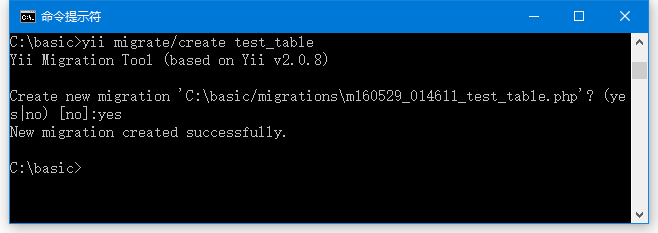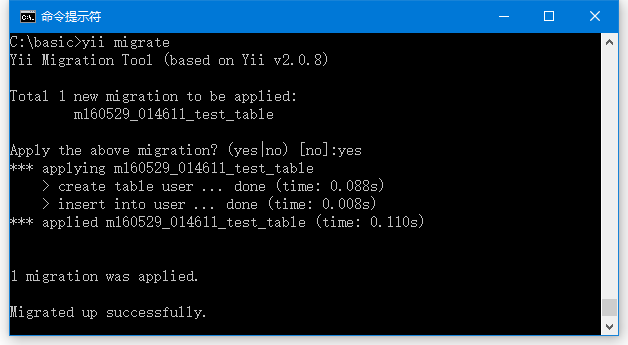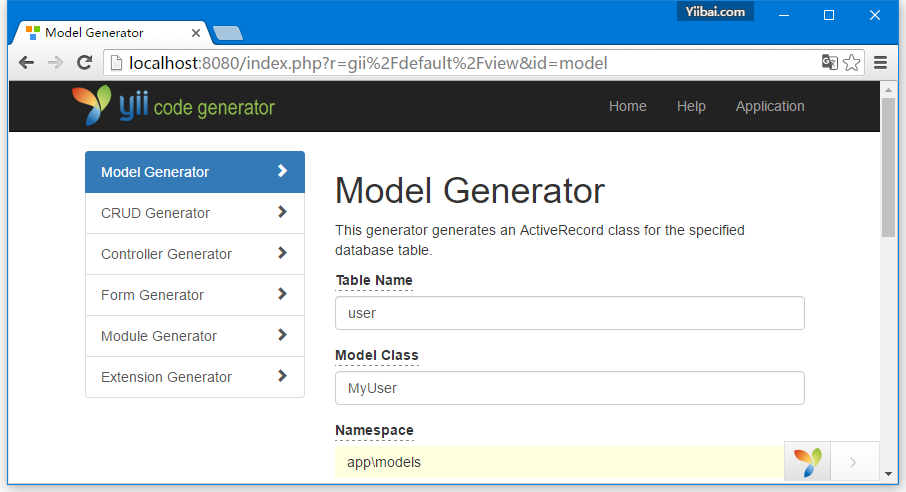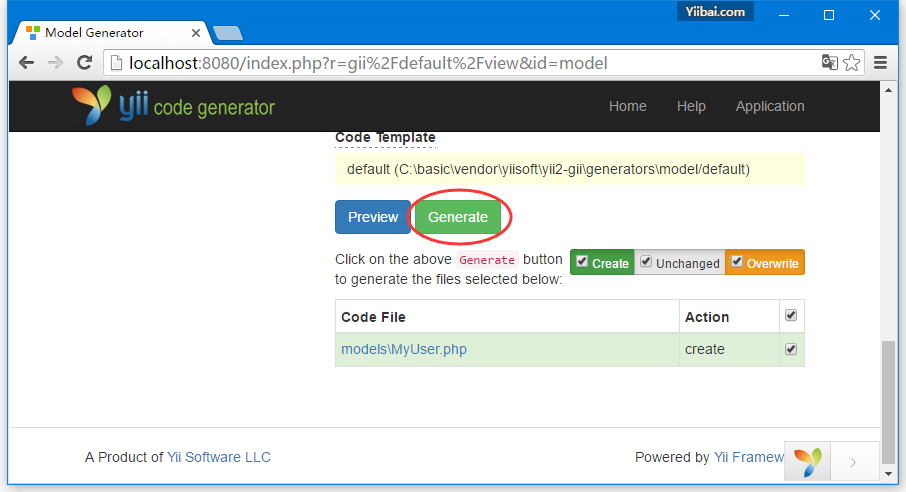Yii資料庫存取(MySQL,MSSQL,SQLite,MariaDB,PostgreSQL,ORACLE)
- MySQL
- MSSQL
- SQLite
- MariaDB
- PostgreSQL
- ORACLE
- CUBRID
建立資料庫連線
$mydb = new yii\db\Connection([ 'dsn' => 'mysql:host=localhost;dbname=mydb', 'username' => 'username', 'password' => 'password', 'charset' => 'utf8', ]);
<?php
return [
'class' => 'yii\db\Connection',
'dsn' => 'mysql:host = localhost;dbname = helloworld',
'username' => 'vladimir',
'password' => '123574896',
'charset' => 'utf8',
];
?>
Yii::$app->db
-
MySQL, MariaDB ? mysql:host = localhost;dbname = mydb
-
PostgreSQL ? pgsql:host = localhost;port = 5432;dbname = mydb
-
SQLite ? sqlite:/path/to/db/file
-
MS SQL Server (via sqlsrv driver) ? sqlsrv:Server = localhost;Database = mydb
-
MS SQL Server (via mssql driver) ? mssql:host = localhost;dbname = mydb
-
MS SQL Server (via dblib driver) ? dblib:host = localhost;dbname = mydb
-
CUBRID ? cubrid:dbname = mydb;host = localhost;port = 33000
-
Oracle ? oci:dbname = //localhost:1521/mydb
準備資料庫
-
在終端執行 mysql -u root –p
-
登入資料後,通過執行 CREATE DATABASE mystudy CHARACTER SET utf8 COLLATE utf8_general_ci; 建立一個新的資料庫;
<?php
return [
'class' => 'yii\db\Connection',
'dsn' => 'mysql:host = localhost;dbname = mystudy',
'username' => 'root',
'password' => '',
'charset' => 'utf8',
];
?>
第3步 - 在專案根檔案夾執行:yii migrate/create test_table 。此命令將用於建立管理資料庫資料庫遷移。 migrations檔案會出現在專案的根的 migrations 檔案夾中。

<?php
use yii\db\Schema;
use yii\db\Migration;
class m160529_014611_test_table extends Migration {
public function up() {
$this->createTable("user", [
"id" => Schema::TYPE_PK,
"name" => Schema::TYPE_STRING,
"email" => Schema::TYPE_STRING,
]);
$this->batchInsert("user", ["name", "email"], [
["User1", "[email protected]"],
["User2", "[email protected]"],
["User3", "[email protected]"],
["User4", "[email protected]"],
["User5", "[email protected]"],
["User6", "[email protected]"],
["User7", "[email protected]"],
["User8", "[email protected]"],
["User9", "[email protected]"],
["User10", "[email protected]"],
["User11", "[email protected]"],
]);
}
public function down() {
//$this->dropTable('user');
}
}
?>

第6步-現在,我們需要為user表建立模型。為了簡便起見,我們將使用GII程式碼生成工具。在瀏覽器中開啟 url: http://localhost:8080/index.php?r=gii 。
然後,點選 「Model generator」 下的 「Start」按鈕。 填寫表名(「user」)和模型類(「MyUser」),單擊「Preview」按鈕,最後點選 「Generate」 按鈕。


MyUser 檔案憶經生成在 models 目錄。